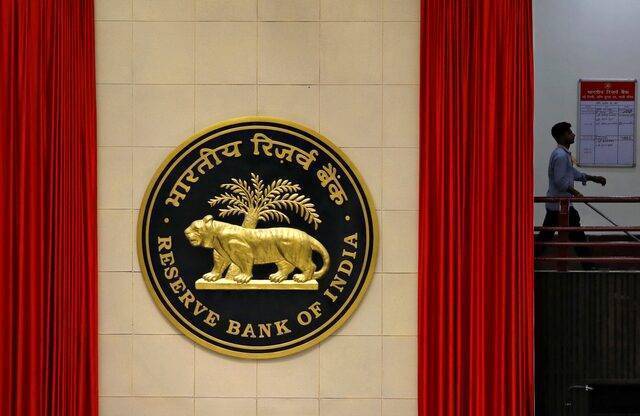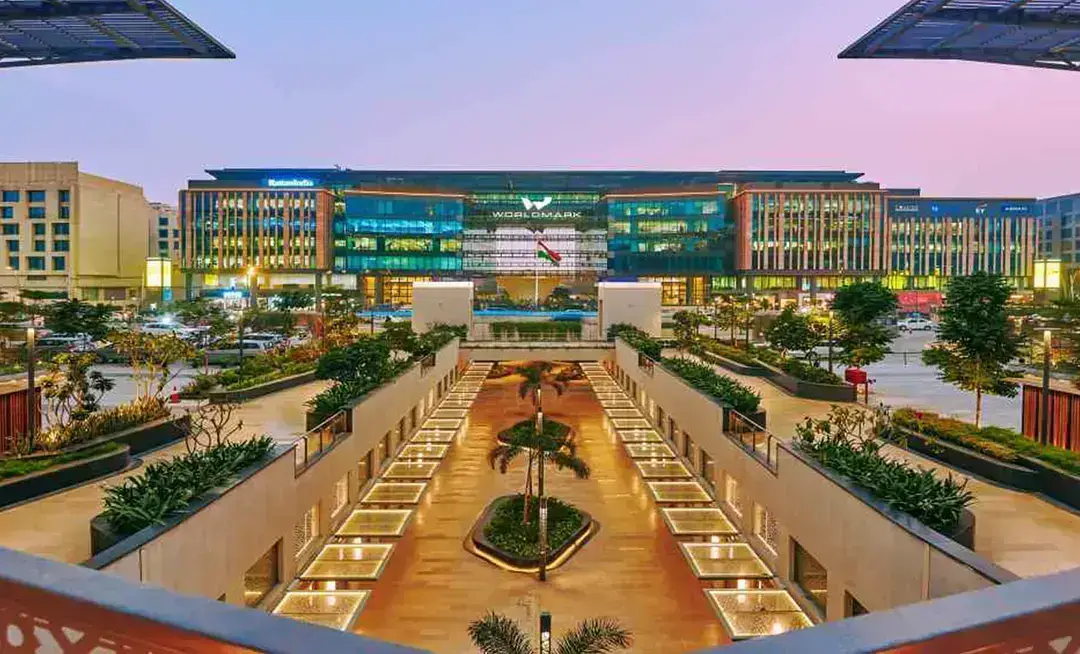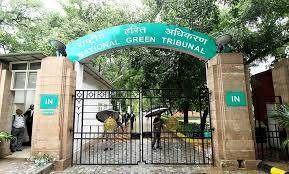The Indian housing sector is poised for significant growth in FY 2025-26 as industry experts anticipate further reductions in the Reserve Bank of India’s (RBI) repo rate in the upcoming monetary policy review. A potential rate cut is expected to make home loans more affordable, increasing accessibility for prospective buyers and driving stronger demand across various housing segments. The expected reduction in borrowing costs will be particularly beneficial for first-time homebuyers and those looking to upgrade their residences, fostering a more dynamic real estate market.
With urbanization accelerating and the demand for quality housing rising in both metro and Tier II cities, favorable lending conditions could further propel the housing sector’s momentum. A lower interest rate environment not only enhances affordability but also improves loan eligibility, encouraging greater participation from homebuyers and investors alike. Industry stakeholders are optimistic that these favorable economic conditions will contribute to sustained growth in the residential real estate market.
Expectations from RBI Monetary Policy Review
Home loans play a pivotal role in home buying, particularly for end-users, as the majority rely on financing to purchase their homes. A reduction in interest rates directly impacts affordability, making homeownership more accessible and boosting demand across all segments of the housing market. With the Reserve Bank of India initiating a rate cut cycle after maintaining a prolonged status quo, expectations are high for further reductions in the upcoming monetary policy reviews.
A sustained decline in interest rates is expected to act as a catalyst for the residential real estate sector in FY 2025-26. Lower home loan rates will not only reduce the overall cost of borrowing but also enhance loan eligibility, encouraging more buyers—both first-time homeowners and upgraders—to enter the market. Additionally, with increasing urbanization and strong demand for quality housing in metro and Tier II cities, favorable lending conditions will further accelerate the growth of the housing sector in the coming year.
Real estate demand continues to remain robust, particularly in the high-end and luxury segments, driven by strong investor confidence and rising aspirations for premium living. The anticipated softening of home loan interest rates is expected to further fuel this momentum, making homeownership more attractive for both end-users and investors. Market analysts anticipate an additional reduction of 25 to 50 basis points in the upcoming review, which, if implemented, will provide further stimulus to the housing market by enhancing affordability and improving loan eligibility for buyers.
Macroeconomic conditions are aligning favorably, paving the way for further measures to support economic growth. A repo rate cut is one such key intervention that could significantly impact borrowing costs. Economists and market experts believe that the upcoming monetary policy review could see another cut of approximately 50 basis points in April, with the possibility of an additional reduction in the June meeting.
If the RBI proceeds with a cumulative rate cut of 75 basis points in the upcoming reviews, the impact on home loan borrowers will be significant. For instance, a ₹75 lakh home loan at an interest rate of 9% over 20 years currently results in an EMI of approximately ₹67,493. If the interest rate drops to 8.25%, the EMI will reduce to around ₹63,901, leading to a monthly savings of about ₹3,592 and a total savings of nearly ₹8.62 lakh over the loan tenure. Furthermore, lower interest rates enhance loan eligibility, allowing homebuyers to access higher loan amounts at the same EMI, thus expanding their purchasing power.
Additionally, the reduction in home loan rates is expected to increase residential sales across various property categories, including affordable housing, mid-segment homes, and luxury developments. Developers anticipate a surge in inquiries and conversions as financing conditions improve, further fueling momentum in the sector. The easing of interest rates also positively impacts housing supply, as developers gain better access to credit for project financing, ensuring timely completions and new launches.
The secondary market, comprising resale properties, is also expected to witness increased traction, as buyers who were previously deterred by high borrowing costs reconsider their purchase plans. Similarly, the demand for rental properties may experience a shift, as lower mortgage rates make homeownership a more viable option for long-term tenants looking to transition into ownership.
The anticipated rate cuts in the upcoming RBI monetary policy review are expected to provide a substantial lift to the housing sector. Lower borrowing costs will enhance affordability, improve loan eligibility, and drive demand across various real estate segments. With urbanization on the rise and a growing appetite for quality housing, industry experts remain optimistic that these favorable conditions will further accelerate the sector’s expansion in FY26. Furthermore, the easing of interest rates is likely to have a cascading effect on developers, homebuyers, and the overall economy, reinforcing the housing market as a key driver of economic growth.









.png)